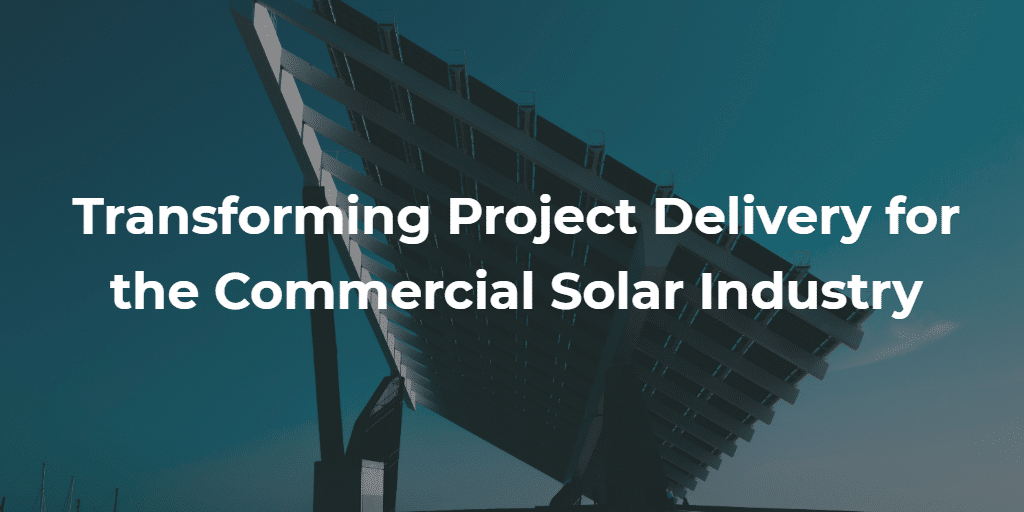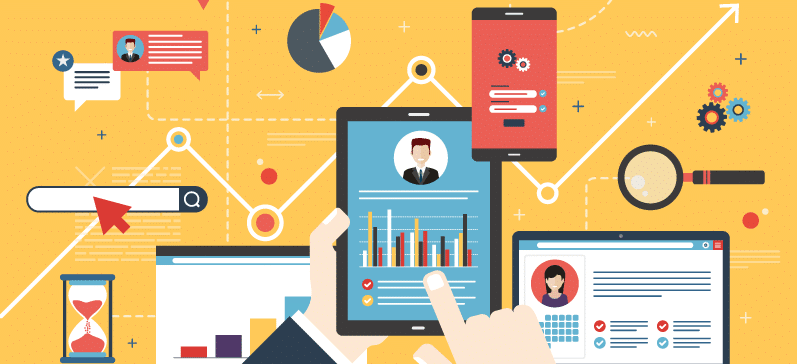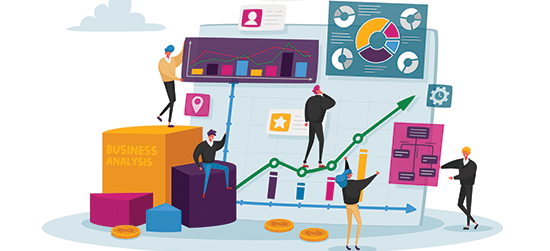[vc_row][vc_column][kswr_spacer spc_desk_height=”40″ spc_tablet_height=”40″ spc_tablet_sm_height=”40″ spc_phone_height=”40″ spc_phone_sm_height=”40″][ultimate_heading main_heading=”Transforming Project Delivery for the Commercial Solar Industry” main_heading_font_family=”font_family:Montserrat|font_call:Montserrat|variant:700″ main_heading_style=”font-weight:700;”][/ultimate_heading][kswr_spacer spc_desk_height=”40″ spc_tablet_height=”40″ spc_tablet_sm_height=”40″ spc_phone_height=”40″ spc_phone_sm_height=”40″][vc_column_text]
When you combine this with the fact that some of the largest solar companies in the world work on somewhere between 250 to 300+ commercial solar projects a year, the ramifications of potential issues can multiply exponentially. A single delay, miscommunication, or missed task can derail project delivery, putting a multi-million dollar contract in jeopardy.
So – how can solar companies solve common issues with their commercial project delivery challenges, as well as eliminate inefficiencies, and achieve significant time savings (helping them also save capital)?
One way is to have a single system, used by all departments and levels at the company, which enables solar companies to have real-time access to their project(s), at any given time. Not only does this eliminate the need for constant status update meetings – a problem which plagues every industry – it also helps companies mitigate risk and respond to issues faster as the information is easier to access. This can also cut down on unforeseen / unprecedented results, because they were anticipated, which has the additional benefit of reducing project overtime.
The project delivery needs (ex. Government permits), timelines, and tasks also need to be able to be logged into this real-time system so global teams are aligned around project statuses, goals, and activities. There is also the added benefit that debate about roles, responsibilities, and what needs to done happen less frequently, or are eliminated entirely, helping to ensure that project delivery happens on time as less time is wasted focusing on these questions.
It is important that these issues get solved. They are some of the biggest indicators to the success of a project and if they fail to be addressed, there is risk significant financial and reputational loss.
We’ve only scratched the surface of how solar companies can address project delivery challenges. If you want to learn more about how your company can transform your complex commercial solar project delivery process, join us for a free webinar on Wednesday, June 13 at 10 am PT / 1 pm ET. Miltos Vratimos, Product Manager, Commercial Digital Platform at SunPower and solar industry veteran, along with Emilio Bernabei, Founder & CEO of Leankor will be leading the discussion.
Have a question for Miltos or Emilio on transforming project delivery in the solar industry? Share them in our comment section below or email them to info@leankor.com.[/vc_column_text][/vc_column][/vc_row]






